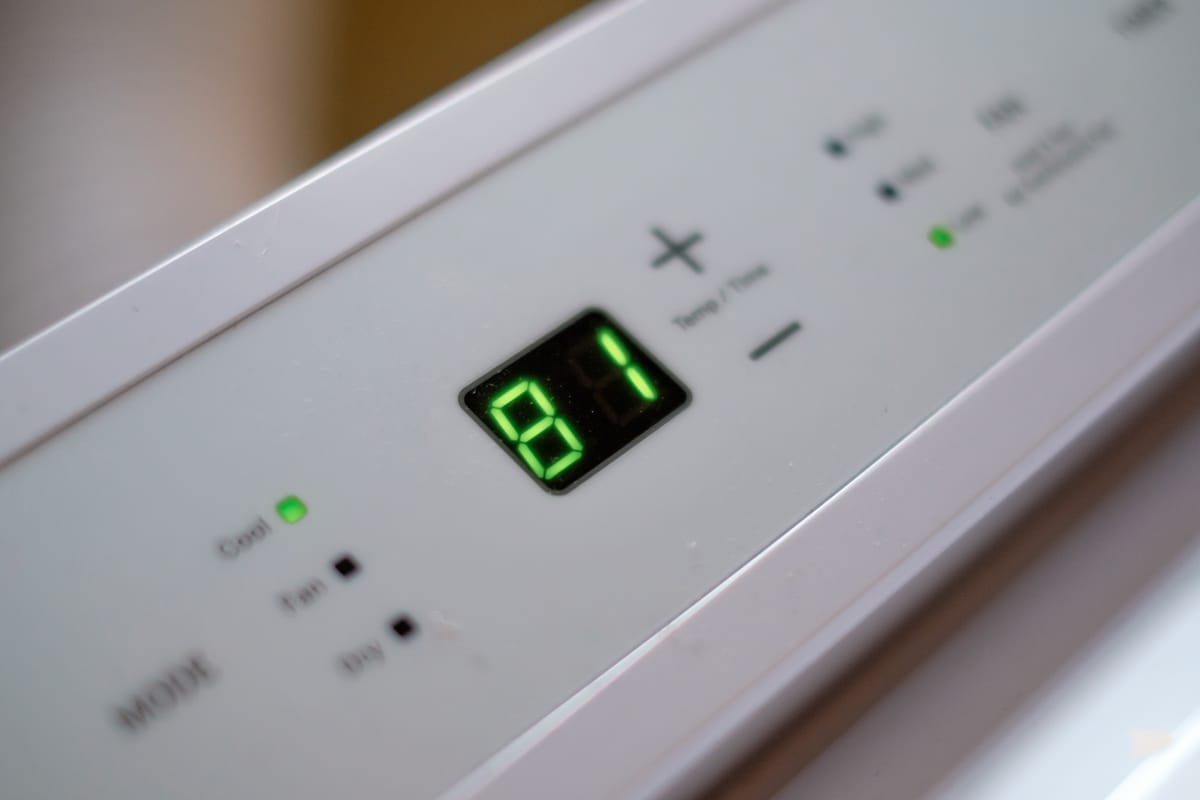Global warming is driving temperatures higher each year and increasing the incidence of heat stress which can lead to excess deaths. These extreme heat events have transformed air conditioning into a life-saving necessity, rather than an expensive luxury. However, reliance on indoor cooling has limits. A/C units not only strain our aging energy grid, but the carbon-intense appliances cause additional emission of the greenhouse gases that fuel our system and higher bills for the everyday consumer.
While it may seem that keeping people cool is at odds with reducing costs and emissions, researchers from the University of Sydney have found that it is possible to maintain personal comfort while being cost-effective and climate-conscious.
The study analyzed “the potential of electric fans in reducing greenhouse gas emissions.” Using Australia’s hourly energy consumption data from 2010, researchers found that energy usage spiked mid-day when temperatures reached about 80.6°F (27°C).
Analysts found that electric fans increased the “thermal comfort threshold” or the temperature at which people begin to find heat intolerable. Moving air feels cooler on the skin, even if it's hotter. Good circulation can decrease the sensation of heat on the skin by 7°F ( 3-4°C). This means we can set our thermostats higher and still feel cool.
ConEdison suggests customers “use ceiling and other fans to provide additional cooling and better circulation” but doesn’t specify settings. According to this research, setting your air conditioning to 81°F, when combined with an electric fan, can make the room a comfortable 73.7°F, or 5 degrees less than the average thermal comfort threshold determined in the study.
Electric fans use only 5% of the electricity of an A/C unit. By setting the thermostat to 81°F, the cooling appliance only turns on a few times an hour instead of running continuously. The savings potential can have the biggest impact in areas like Southwest Yonkers, where households experience higher temperatures, caused by the urban heat island effect. "Due to the long-term effects of redlining and other discriminatory practices over the last 75 years, much of the housing for seniors, low-income families, and residents with disabilities is located in areas disproportionately impacted by the climate crisis, including areas with limited tree cover, green spaces, and parks," according to Groundwork Hudson Valley.
So while a 91°F day may tempt people to set their cooling units to a late Winter temperature of 55°F, instead try plugging in a fan and aim for a late Spring day in the 70s.
Running a fan with an A/C set to 81°F will not only keep your forehead cool and back dry, it may also keep money in your pocket, keep demand on the grid low, and reduce your carbon footprint.


